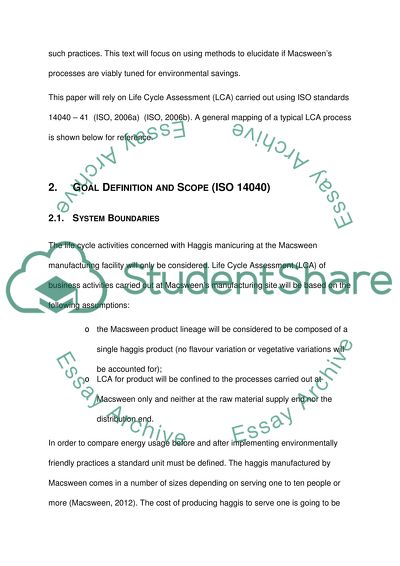Cite this document
(“Macsween's Environmental Accounting Experience: is it Viable Essay”, n.d.)
Macsween's Environmental Accounting Experience: is it Viable Essay. Retrieved from https://studentshare.org/finance-accounting/1444912-macsweenyies-environmental-accounting-experience
Macsween's Environmental Accounting Experience: is it Viable Essay. Retrieved from https://studentshare.org/finance-accounting/1444912-macsweenyies-environmental-accounting-experience
(Macsween's Environmental Accounting Experience: Is It Viable Essay)
Macsween's Environmental Accounting Experience: Is It Viable Essay. https://studentshare.org/finance-accounting/1444912-macsweenyies-environmental-accounting-experience.
Macsween's Environmental Accounting Experience: Is It Viable Essay. https://studentshare.org/finance-accounting/1444912-macsweenyies-environmental-accounting-experience.
“Macsween's Environmental Accounting Experience: Is It Viable Essay”, n.d. https://studentshare.org/finance-accounting/1444912-macsweenyies-environmental-accounting-experience.


